When President Donald Trump announced there would be a major military parade in Washington, D.C. on June 14, my first reaction was: What? On Flag Day? He explained it was to commemorate the 250th anniversary of the U.S. Army. That made more sense, especially when it was further pointed out that it coincided with his own 79th birthday.
Trump had long admired the pomp and spectacle of large military parades like France’s Bastille Day rollout. In his first term he proposed such a full-scale military parade for July 4, 2018. That proposal was abandoned when the D.C. government and the Army pushed back over the estimated high cost and potential damage tanks would do to the streets.
This time, those objections were overcome when the Army promised to lay heavy metal plates on the streets and pay for any damage incurred. Still, the Defense Department estimates the parade could cost up to $45 million.
Some 6,700 troops are being flown in from around the country to participate in the parade. The procession of over 150 vehicles will include 28 Abrams tanks weighing 140,000 pounds each. Fifty aircraft will be flying overhead along with a parachute jump by the Army’s Golden Knights team.
Wars and military parades are as old as civilization itself, and America is no different in wanting to celebrate and show off its military might. I call such parades, “as American as apple strudel,” because our first army was trained in musket drills at Valley Forge by a Prussian military officer, Baron von Steuben. He trained 100 of the elite officers, who in turn trained another 100, until our entire army was trained. Precision military drills are the basis of military parades. They instill in troops the important values of discipline, cooperation and precision that forge unit cohesion on the battlefield.
There is a certain ambivalence in America about flaunting our military might through ostentatious displays of our power in parades. That is not to say we have been reluctant to celebrate our military victories in parades honoring and thanking our troops for their successes and sacrifices.
In the early days of the republic, it was quite common for the president to review the troops in parades every Fourth of July. That practice ended with President James Polk in 1845. However, in 1865 perhaps the most impressive military parade in U.S. history was held. Called the Grand Review of the Armies, it was held on May 23 and 24 after President Andrew Johnson declared an end to the Civil War on May 10. The returning Union soldiers marched 12 abreast, stretching back seven miles.
In 1942 and 1946 there were two huge military parades in New York City marking U.S. entry and victory in World War II. Beginning with President Dwight D. Eisenhower’s first and second inaugurals in 1953 and 1957, impressive military parades were staged, at least implicitly honoring “Ike’s” heroic military leadership in World War II. In 1963, President John F. Kennedy’s inauguration was matched by another military parade that again implicitly recognized his heroic deeds in World War II, but also served as a muscle-flexing display at the peak of the Cold War.
The 1991 military parade marking victory in the Persian Gulf War was the last of its kind. There had been nothing comparable after the Korean, Vietnam, Iraq and Afghanistan wars.
The Army’s 250th celebration will be coupled with next year’s 250th commemoration of the signing of the Declaration of Independence on July 4. Lest there be any concern about the Navy and Marines’ 250th birthday commemorations this fall, elaborate arrangements are being made for each in Philadelphia.
I was raised in small towns in the Midwest, where there were no military parades — only annual celebrations on Labor Day of the towns themselves. In one town it was called “Homecoming Day,” in another, “Old Settlers’ Day,” but the parades were the same, led by a military color guard followed by dozens of gaily decorated floats and interspersed with high school bands from the area. A street carnival and evening stage performances rounded-out the holiday.
I can identify most with what Erma Bombeck is supposed to have said about July 4 celebrations: “You have to love a nation that celebrates its independence every July 4, not with a parade of guns, tanks, and soldiers who file by the White House in a show of strength and muscle, but with family picnics where kids throw Frisbees, the potato salad gets iffy, and the flies die from happiness. You may think you have overeaten, but it is patriotism.”
Don Wolfensberger is a 28-year staff veteran of Congress, culminating as chief-of-staff of the House Rules Committee in 1995. He is author of, “Congress and the People: Deliberative Democracy on Trial” (2000), and, “Changing Cultures in Congress: From Fair Play to Power Plays” (2018).



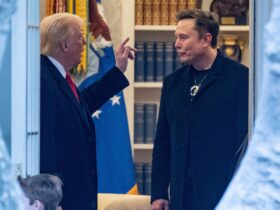
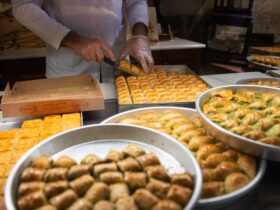




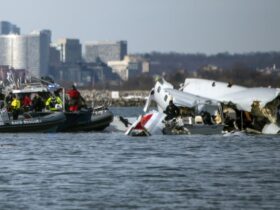
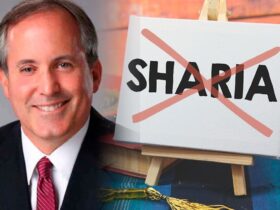
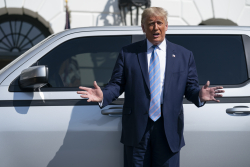

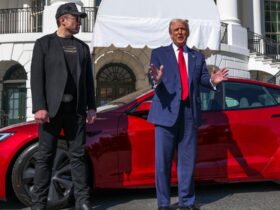
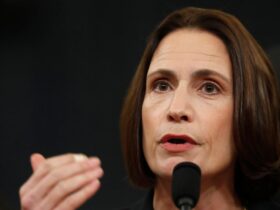

Leave a Reply